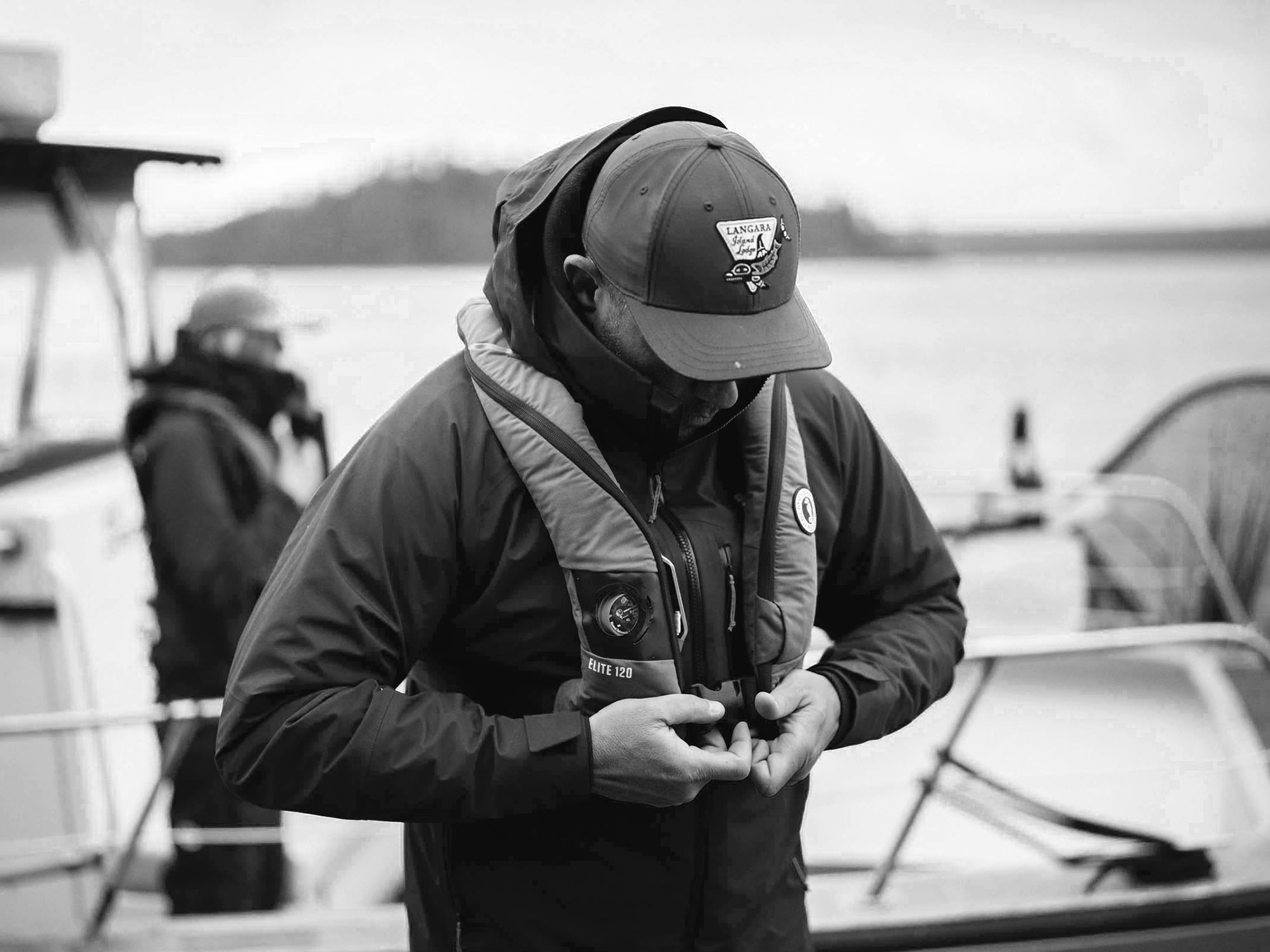The recent amendments to the personal flotation device (PFD) regulations implemented by the U.S. Coast Guard (USCG) mark a transformative step for boating safety by simplifying life jacket selection. Boaters can now choose their PFDs with increased confidence through a streamlined classification system that prioritizes performance over traditional designations.
Overview of the New PFD Regulations
In 2025, North America witnessed major changes in PFD regulations aimed at harmonizing standards between the United States and Canada. These updates are the result of collaborative efforts from regulatory authorities, industry leaders, and safety experts who sought to develop a more user-friendly framework that enhances overall safety while encouraging consistent use of flotation devices.
The previous “Type” classification method, which was often confusing for both manufacturers and consumers, has been replaced by a more straightforward “Level” classification system. This new system highlights buoyancy levels and specific performance scenarios, making it easier for boaters to select the right PFD for their activities.
Historical Background of PFD Classifications
For many decades, the U.S. and Canada maintained separate systems for classifying flotation devices. In the U.S., the USCG categorized PFDs based on “Types,” such as Type I, II, III, IV, and V. In contrast, Canada classified devices by different criteria, creating a fragmented landscape where both consumers and manufacturers faced significant confusion, especially when traversing the shared waterways of both countries.
Recognizing the need for a unified approach, the USCG and Transport Canada initiated collaboration in the mid-2000s, ultimately leading to these updated regulations.
Key Changes in PFD Regulations Starting 2025
According to the new framework:
- All new PFDs are approved under the new “Level” classification system, moving away from the outdated “Type” labels.
- Existing PFDs classified by “Type” will remain valid for legal carriage requirements, provided they are in serviceable condition.
Understanding the “Level” Classifications
The newly adopted “Level” classifications categorize PFDs based on buoyancy measured in Newtons (N). The three primary Levels introduced are:
| Level | Buoyancy (N) | Intended Use |
|---|---|---|
| Level 50 | 50N | For competent swimmers in sheltered waters where assistance is close by. |
| Level 70 | 70N | General-purpose PFDs for nearshore activities offering versatility for various boating conditions. |
| Level 100 | 100N | Designed for offshore and coastal use, providing superior buoyancy and airway protection in commercial settings. |
Association with Standards
The introduction of these new classifications aligns with American National Standards Institute (ANSI) standards. Particularly, ANSI/CAN/UL guidelines have been integrated to create a unified framework across North America. This harmonization allows manufacturers to generate products compliant with both U.S. and Canadian standards through one approval process, enhancing efficiency and safety in boating practices.
Implications of the New Regulations for Boaters
The regulatory adaptations bring essential implications for all boaters:
- Performance-Based Selection: Boaters should now select PFDs correlating to their specific activities and water conditions, as the Level system provides straightforward guidance.
- Worn vs. Carried Requirements: Legal requirements stipulate that certain devices, especially Level 50 PFDs, must be worn at all times, clearly marked to indicate these expectations.
- Pictorial Markings: Enhanced graphic representations will guide users, regardless of language proficiency, simplifying critical selection information.
- Variability Within Levels: It is essential to understand that while the Level classifications establish minimum performance standards, buoyancy specifics within each level may vary significantly, requiring careful consideration during selection.
The Role of Manufacturers and Education for Consumers
With updated frameworks, manufacturers and retailers play a vital role in educating consumers about optimal PFD selection. By reducing prescriptive design specifications, manufacturers can innovate more user-friendly flotation devices that may encourage consistent wear, crucial for safety.
For instance, advancements such as the Elite 190 Inflatable PFD not only exceed buoyancy requirements but also emphasize comfort and mobility, ensuring users are more likely to wear them when necessary. Given that a significant percentage of boating-related drownings occur without proper PFD use, innovation in this area could greatly enhance safety on the water.
Guidelines for Selecting a PFD under New Regulations
When shopping for a PFD, consumers should consider:
- Activity Type: Different water activities require specific levels of mobility and flotation suitability.
- Water Conditions: Opt for a higher buoyancy level for rough waters where rescue may be delayed.
- Personal Swimming Ability: Level 50 devices are not advisable for weak or non-swimmers and should be chosen carefully.
- Proper Fit: Always try on the PFD in water to ensure it fits securely and performs correctly.
- Safety Features: Evaluate if additional features, such as airway protection, are necessary based on your boating environment.
Wnioski
The recent updates to PFD regulations signify a much-needed modernization of maritime safety standards in North America. Through clarified classifications, improved user understanding, and a focus on performance, these changes aim to increase safety awareness and encourage wider PFD usage. As every inlet and bay offers its own adventures, the importance of safety while sailing cannot be overstated. GetBoat.com is dedicated to ensuring that clients enjoy their seaside experiences by offering comprehensive options for yacht and boat rentals that cater to varied tastes and budgets, creating unforgettable moments on the water together. If you’re charting your course for your next seafaring adventure, don’t forget the unique experience renting a boat can bring—whether you’re sailing solo, with a partner, or with friends—each journey is as unique as the locale itself. Embark on your next trip by visiting GetBoat.com.
In summary, navigating new regulations and improved safety standards ultimately reinforces the commitment to a safer boating experience, making it an exciting time for both seasoned and novice sailors alike.

 Updated USCG Regulations on Life Jackets Made Easy">
Updated USCG Regulations on Life Jackets Made Easy">
